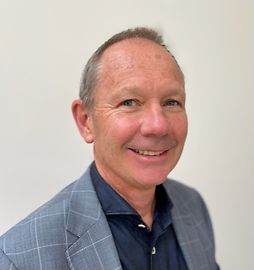Central Auckland, East Auckland, North Auckland, South Auckland, West Auckland > Private Hospitals & Specialists >
Dr Michael Davison - Otolaryngologist
Private Service, ENT/ Head & Neck Surgery
Snoring and Obstructive Sleep Apnoea (OSA)
Snoring and obstructive sleep apnoea are two ends of the spectrum of conditions covered by the term sleep disordered breathing.
Snoring occurs because the airway is narrowed during sleep, leading to turbulent airflow, vibration of soft tissues and noise.
Obstructive Sleep Apnoea is simply an extension of snoring, where the airway becomes obstructed and airflow ceases. The definition of apnoea varies, but in general it is accepted that cessation of airflow for more than 10 seconds represents an apnoeic event.
Snoring is a social problem whereas apnoea, depending on its severity, can be a medical problem. The initial symptom of apnoea may be day time sleepiness due to sleep deprivation, but later there can be cardiac and respiratory complications, depending on the frequency and duration of events. Both snoring and obstructive sleep apnoea have multiple causes and in any individual the cause of sleep disordered breathing is often multifactorial. There are both anatomic and general causes. Common anatomic causes include nasal obstruction due to deviated nasal septum, nasal polyposis or sinusitis, enlarged adenoids and tonsils, a long palate and an enlarged tongue base. General causes include the use or overuse of muscle relaxants, particularly alcohol and raised body mass index (weight).
The history is adequate to diagnose snoring but is unreliable in diagnosing obstructive sleep apnoea. The only accurate way to diagnose and quantify obstructive sleep apnoea is with polysomnography (a sleep study).
The only proven treatments for sleep disordered breathing are CPAP and tracheostomy. The latter is fortunately seldom required. Nonetheless many patients suffering from both conditions derive significant benefit from surgery including septoplasty or septorhinoplasty, endoscopic sinus surgery, adenotonsillectomy or palatal surgery. On occasions hyoid or mandibular advancement may also be required. On some occasions prosthetic devices, particularly mandibular advancement splints may also be beneficial.
Adequate assessment treatment of sleep disordered breathing requires liaison between the general practitioner, ORL Surgeon and sleep physicians. I am happy to assess any patient with sleep disordered breathing in the first instance.

